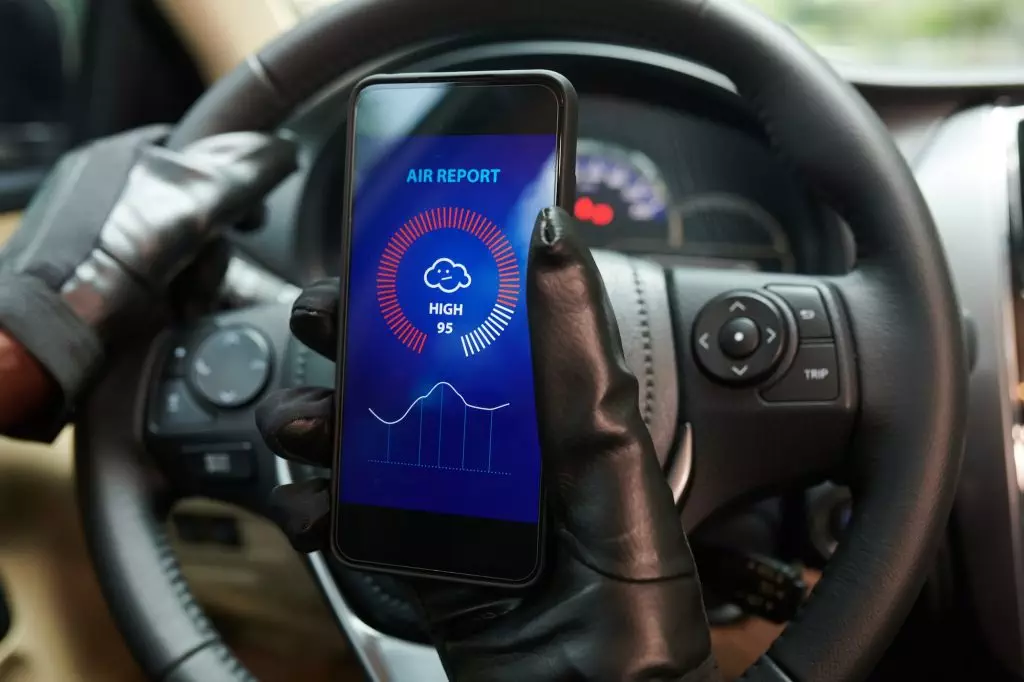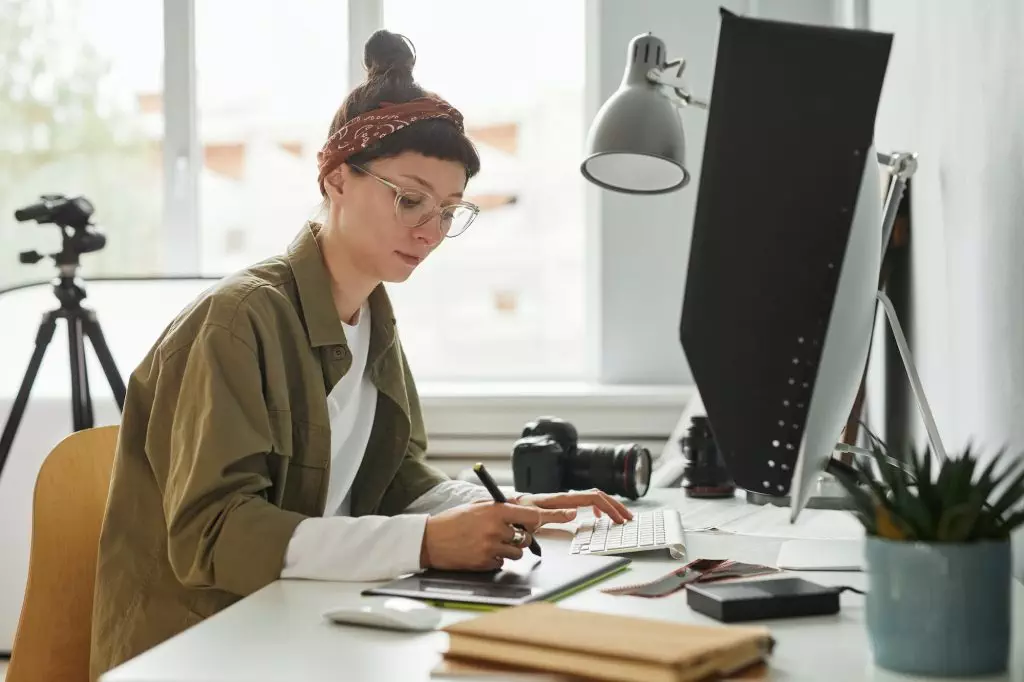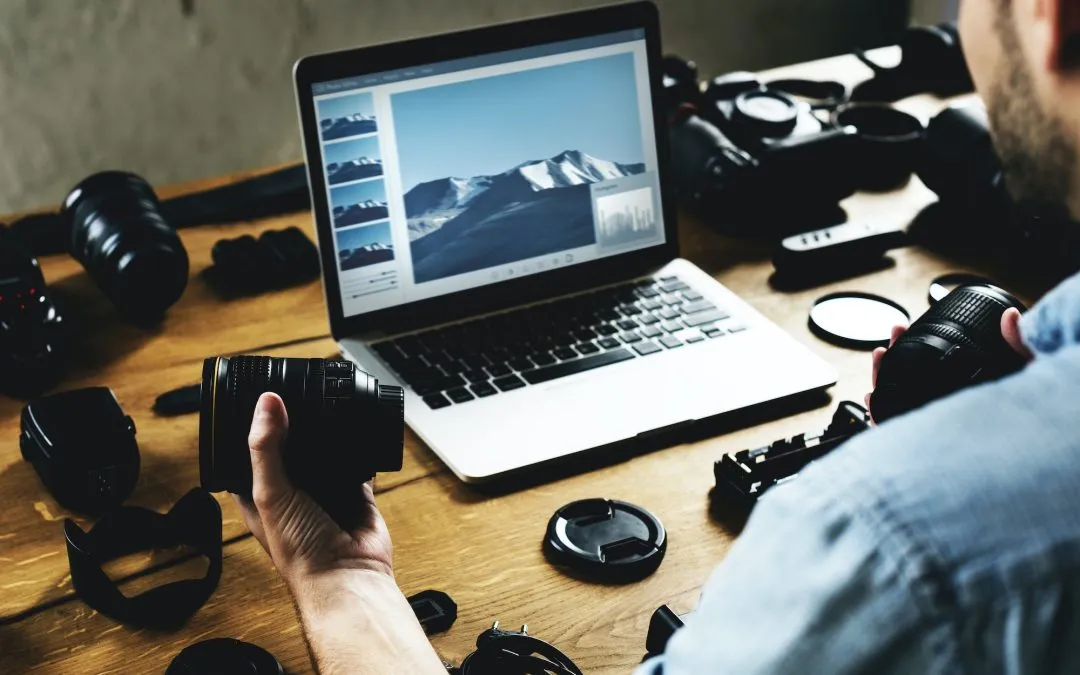The art of photography is about much more than just taking a picture. It’s about learning how to see the world through a lens and using that vision to create images that resonate with viewers. This checklist will help you get started!
Get comfortable with your camera
- Make sure you know where all the buttons are so you can navigate them quickly when necessary. You’ll also want to learn how your camera works in general—the functions, settings, and basic operations. Before buying your first DSLR (and even if you bought one already), it’s wise to make sure it has everything you need for your desired use cases before spending money on extra lenses or accessories like tripods or filters (which we’ll talk more about later!).
Be sure to check the weather before you head out, and be prepared for changes.

- Be sure to check the weather before you head out, and be prepared for changes.
Weather can be unpredictable. It’s best to do your research and go over a few backup plans in case things don’t go according to plan.
Bring a friend to help with setup and (if needed) giveaways.
- Bring a friend to help with setup and (if needed) giveaways.
- If you are a one-person team, be sure to have a plan in place for what to do if you get swamped with people who want their photos taken- wedding photographer checklist.
There are apps that allow you to manually focus and adjust your exposure on your phone.
The benefit of shooting with manual focus is that you can get the shot exactly how you want it. You can also adjust your exposure and light settings as necessary to make sure your photo is perfect. This will be especially important for macro photography, where detail is key.
If you’re shooting at night or in low-light conditions (such as indoors), it’s crucial that you understand how to use manual focus and exposure so that your photos are clear and crisp when you take them—not blurry, dark, or too bright.
Use natural light whenever possible
Rather than using the flash — which can be harsh, flat and unflattering — take advantage of available light. By using different types of light sources you can create a number of different effects for your photos.
- Use natural light whenever possible. If you’re outside, find a shaded area where there is no direct bright sunlight to avoid harsh shadows and silhouettes. If you’re indoors, use window lighting or fluorescent bulbs instead of incandescent bulbs if you want to achieve flattering results with softer colors in the image.
- Be aware of direction: When it comes to outdoor photography, taking advantage of existing daylight is essential—especially during midday hours when direct sunlight creates beautiful shadows on various surfaces like grasses and trees that add depth and dimension as well as detail into any photograph taken at this time (see example below). The same thing can happen indoors too; however make sure not only that these shadows aren’t too strong but also consider where those shadows fall within frame so they don’t interfere with what’s being photographed- wedding photographer checklist.
Use burst mode or a timer for precise poses.
- Use burst mode for action shots.
- Use a timer for posed shots.
- Use a tripod for low light situations.
- Use a remote to capture long exposures
Editing does not have to be time consuming or complicated.

Editing is an important part of the creative process, and can be a lot more fun than you might think. You don’t have to be a professional photographer or spend hours on your phone. Most editing apps are free and easy to use, but even if you have a fancy camera that comes with photo-editing software, it’s still worth downloading an app for your phone or tablet so that your photos look their best wherever you go!
Be prepared and know your photography tools!
- Be prepared for any weather. Weather is always changing, so you never know what to expect. If it’s sunny and hot outside, you can plan on using sunscreen if needed. If it’s raining, make sure to have an umbrella handy (and maybe an extra pair of shoes if your feet get wet).
- Be prepared for any lighting conditions! Natural light will be the best option in most cases since artificial lights can cause harsh shadows and unflattering colors on your subject’s skin tone. However, there are times when studio lighting may be necessary such as if you want a different look or style than what natural light provides; this could include adding backdrops/prop pieces that reflect differently under artificial lights than they do under natural ones (this may require some trial and error)- wedding photographer checklist.
With these tips, you’ll be ready to take great photos at your next event. Remember that editing can be as simple or complex as you want, so don’t feel pressured by any of the steps we outlined above. You don’t have to do it all at once if it doesn’t feel right for your brand or goals! The important thing is to keep learning about how technology can help make the most out of every moment—and what better way than through the medium itself?

